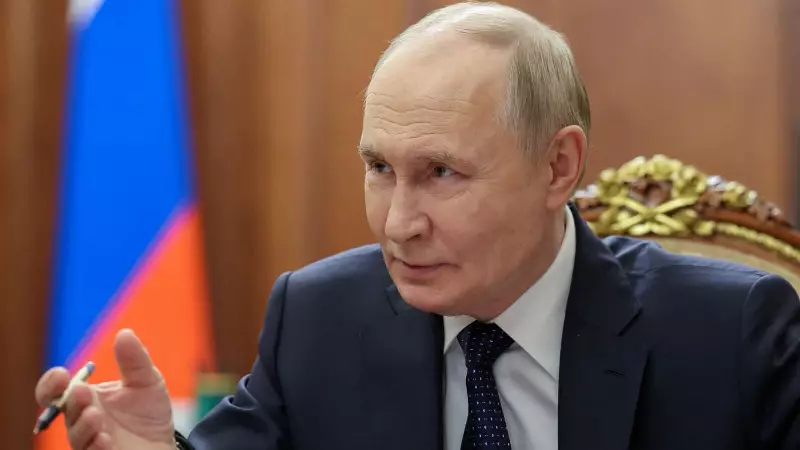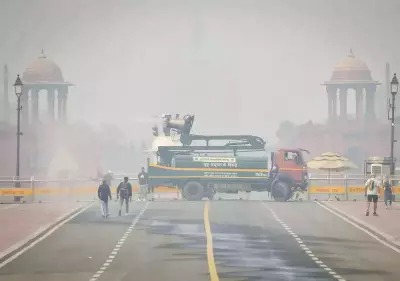
Vladimir Putin's Russia has dramatically shifted gears in its war against Ukraine, transitioning from rapid offensive operations to preparing for a prolonged conflict that could stretch for years. This strategic pivot marks a critical turning point that demands a fundamental reassessment from Ukraine and its Western allies.
The New Russian War Machine
Moscow has effectively mobilized its economy for sustained warfare, ramping up military production while implementing sophisticated sanctions-evasion tactics. The Russian defense industry is now operating at full capacity, ensuring a steady supply of ammunition and equipment despite international restrictions.
Fortress Ukraine: Russia's Defensive Gambit
Across occupied Ukrainian territories, Russian forces are constructing elaborate defensive networks:
- Multi-layered trench systems stretching hundreds of kilometers
- Extensive minefields creating deadly barriers to advancement
- Anti-tank fortifications and prepared firing positions
- Rear-area logistics hubs to sustain long-term occupation
Western Dilemma: Quality vs Quantity
As the conflict evolves into an artillery-dominated war of attrition, Western nations face difficult choices. The limited production capacity for advanced weaponry clashes with Ukraine's urgent need for massive quantities of conventional arms and ammunition.
Military analysts note that Russia's adaptation to Western weapons systems has reduced the technological advantage Ukraine initially enjoyed. The element of surprise that characterized early Ukrainian successes has diminished as both sides settle into familiar patterns of positional warfare.
The Economic Frontlines
Beyond the battlefield, Russia has demonstrated remarkable resilience against economic sanctions. Through shadow fleets, third-country intermediaries, and alternative financial channels, Moscow has maintained critical revenue streams while reorienting its economy toward wartime production.
What Lies Ahead?
The conflict appears headed toward a prolonged stalemate where time becomes a strategic weapon. Both sides are preparing for a war measured not in months, but potentially in years, with significant implications for global security architecture and the future of European stability.
As one defense official noted, "We're no longer looking at a blitzkrieg but at a grinding war of endurance where economic staying power and industrial capacity may prove decisive."





